Tesla's Supercharger struggle - short cables and awkward parking for non-Tesla EVs
Tesla's Supercharger network, once the exclusive domain of its own electric vehicles, is starting to feel a bit crowded. The company's decision to open its chargers to other EV brands has been a boon for electric car adoption, but it's also exposed some design quirks in older Supercharger stations. Namely, the charging cables just aren't long enough to comfortably reach the diverse charging port locations found on non-Tesla EVs.
The result? Some non-Tesla EV drivers are forced to resort to awkward, space-hogging parking maneuvers just to plug in. It's a headache for drivers and highlights Tesla's initial focus on serving the needs of its own vehicle lineup.
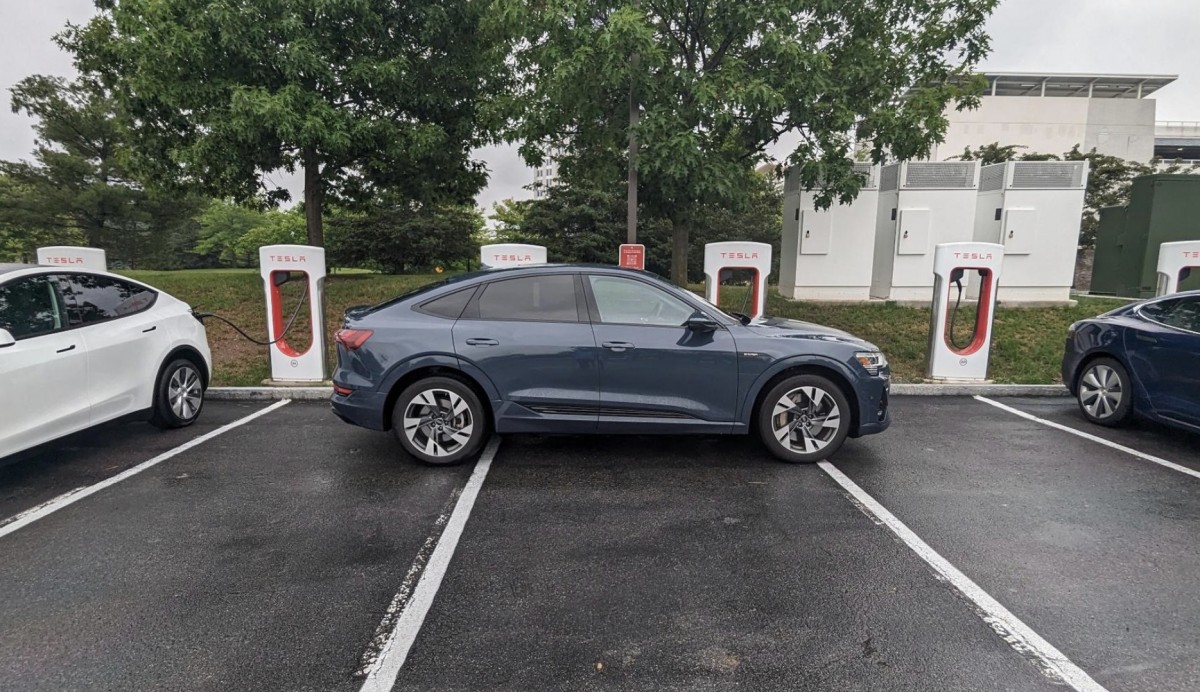
Tesla standardized its charging port location on the left rear of the car – a sensible spot. But with other automakers now accessing Superchargers, it's clear that not everyone shares that design philosophy. Some EVs have ports in the front, others on the sides, creating a geometrical puzzle when it comes to reaching Tesla's stubby V3 Supercharger cables.
Tesla is not blind to this issue. Their website even advises drivers to park over stall lines as necessary. The company's upcoming V4 Superchargers with longer cables will alleviate the issue, but with thousands of V3 stations across the country, it won't be a quick or widespread fix.
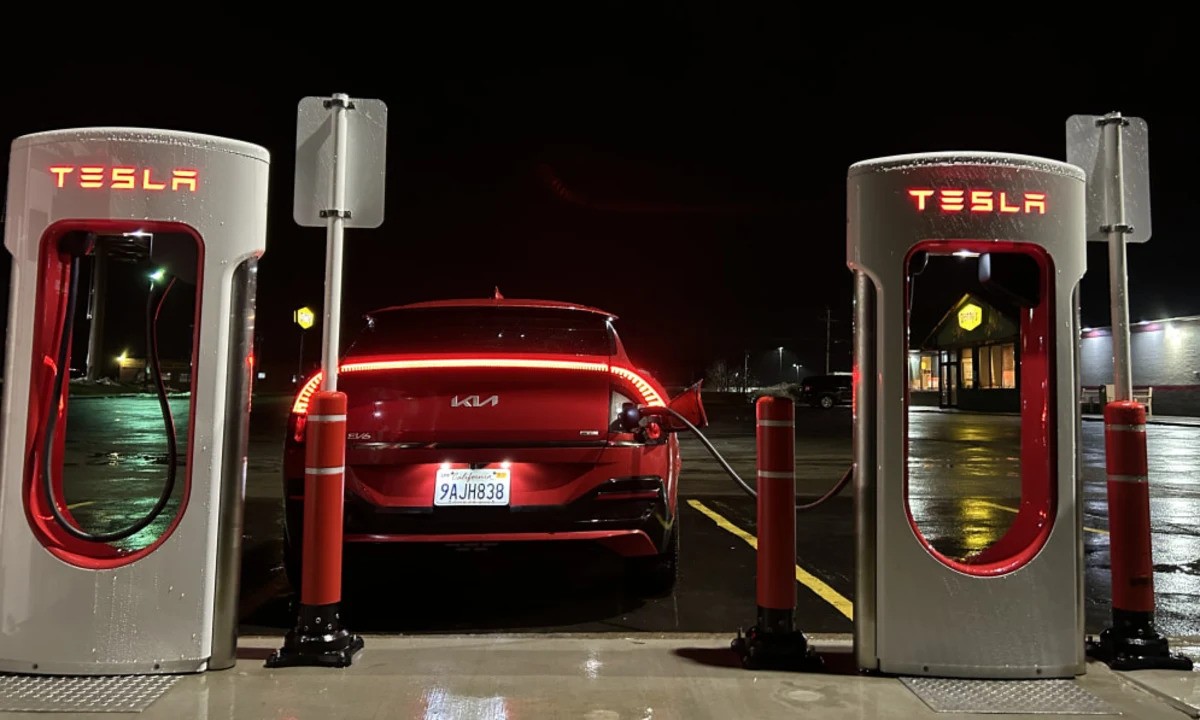
Tesla's answer, at least for now, is an extension cable. The company's support website confirms a NACS-to-NACS (Tesla's connector standard) extension is in the works for future purchase. For those unfamiliar, imagine an extension cord, but for your car's charging port.
This seems like a handy solution, but there's a catch: cost. Tesla hasn't mentioned a price, and anything related to this premium brand is unlikely to be a bargain. Now, drivers of EVs with awkwardly placed ports face buying a potentially expensive accessory just to utilize stations Tesla designed primarily for itself. This could lead to frustrated drivers opting to continue blocking stalls by parking creatively, rather than purchasing an extra cable.
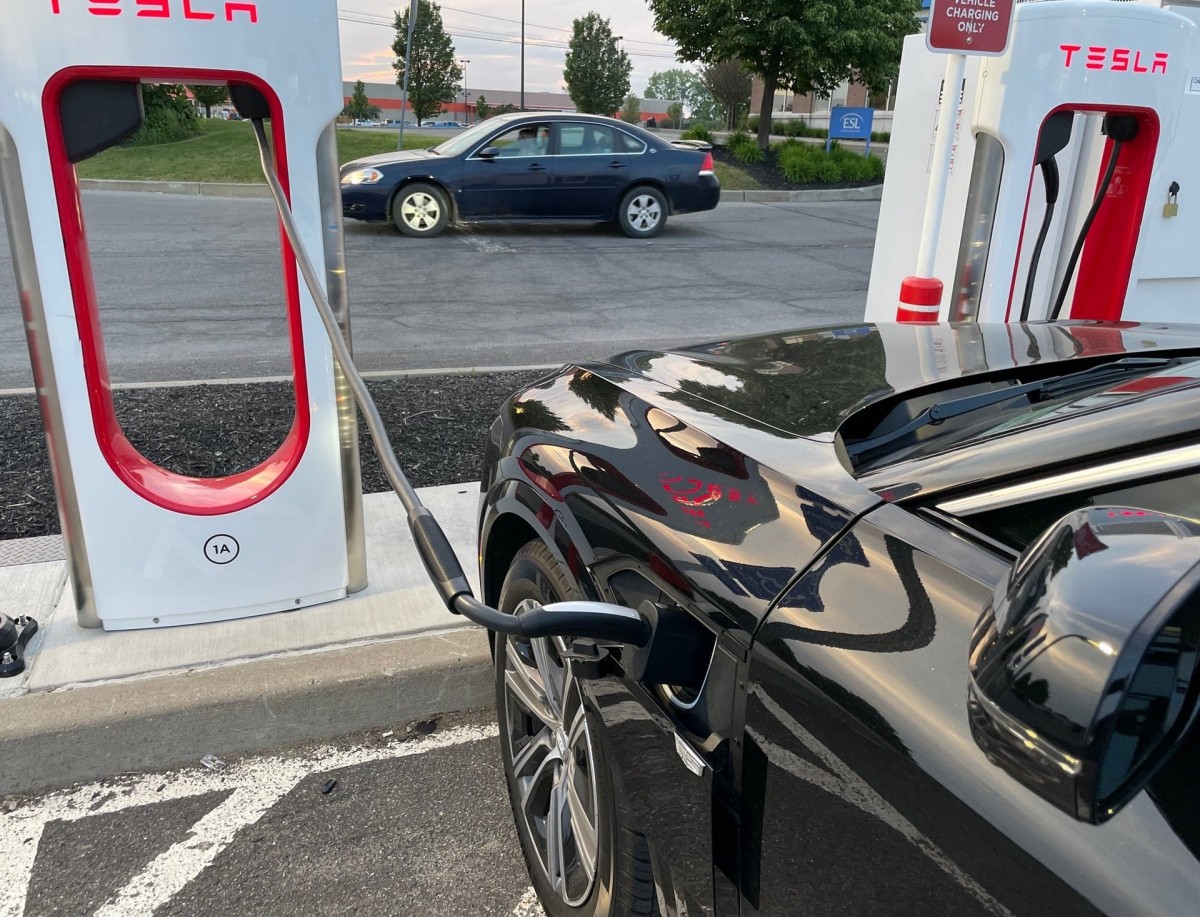
While the extension cable is a band-aid fix, Tesla's longer-term goal is clear: convince other automakers to follow Tesla's lead on charging port placement. This would create design consistency and eliminate the whole cable length issue. However, don't expect rivals to simply bow to Tesla's preference anytime soon.
It's a fascinating, if slightly messy, chapter in the EV evolution. Tesla's decision to open the Supercharger network is commendable. However, it's clear that ensuring a smooth, hassle-free experience for all EV owners will take some time and creative solutions – hopefully, not all as potentially costly as a specialty extension cable.
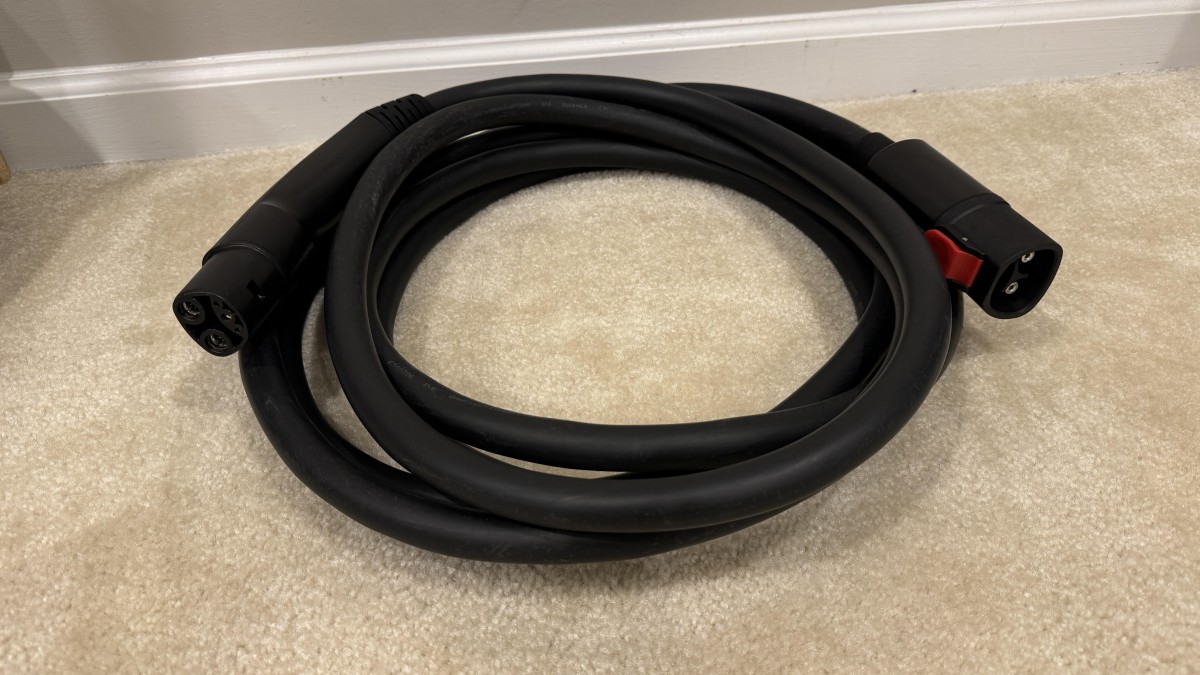
On the side note - the internet is full of NACS extension cables, and a quick search of the busiest online marketplaces returns tens, if not hundreds, of results. Some cost hundreds of dollars, and some come with more wallet-friendly prices. The question is - would you trust the safety of your electric car to a cable with questionable origin?
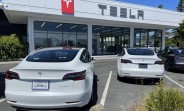




Facebook
Twitter
Instagram
RSS
Settings
Log in I forgot my password Sign up